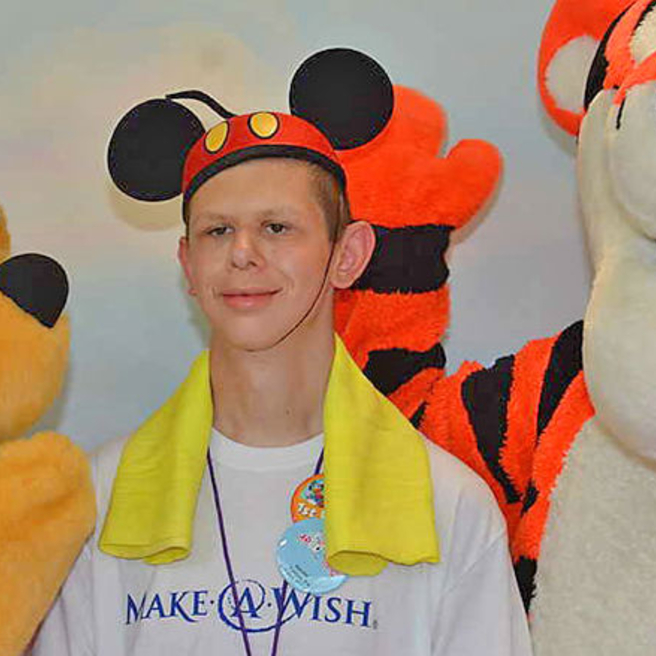What is Williams syndrome?
Williams syndrome (WS) is a rare genetic disorder present at birth that requires specialized care. Approximately 1 in every 7,500 children is born with WS. Children with the disorder may have a wide range of heart issues, intellectual disabilities and differences in facial features, vision and hearing.
What causes Williams syndrome?
Children with Williams syndrome are missing a piece of genetic material on one of their chromosomes, specifically chromosome 7. The absence of this material is what causes medical complications.
WS affects male and female children equally. Typically, the genetic change that causes WS happens spontaneously at conception, but individuals who have WS have a 50% chance of passing it on to their children.
What are the symptoms of Williams syndrome?
Patients with WS are missing a portion of the genetic material that makes elastin, a protein responsible for keeping tissue and organs flexible and elastic. Without elastin, the skin, lungs, intestines, arterial walls, connective tissue and other body parts can become stiff.
Williams syndrome affects every child differently, but symptoms may include:
- Failure to thrive as an infant, followed by poor weight gain and growth in early years
- Heart problems such as narrowing of blood vessels (stenosis), high blood pressure and mitral valve defects
- Poor muscle tone and hypermobile joints
- Developmental delays with motor skills, language and speech, as well as mild to moderate intellectual disability
- Gastrointestinal issues such as gastroesophageal reflux disease (GERD), difficulty feeding, abnormal bowel patterns and abdominal pain
- Differences in hearing, vision, and facial and dental features
How is Williams syndrome diagnosed?
Every case of WS is unique; no two patients’ symptoms are exactly alike. Infants who exhibit a failure to thrive, feeding problems or heart conditions could potentially have WS. In older children, speech or language delays, facial differences, slow growth and overly flexible joints may warrant screening for WS. High blood pressure and high blood calcium levels can also be indicators of WS. However, genetic testing is the only way to confirm a WS diagnosis.
Treatment for Williams syndrome
Williams syndrome is a lifelong condition. Although it has no cure, a patient’s specific symptoms can be treated and managed. Medical, behavioral health and therapeutic treatments are tailored to the patient and will change as they age. For example:
- Cardiovascular health will be monitored closely. High blood pressure can be treated with medication, and stenosis or valve defects can be addressed through catheterization or surgical interventions.
- Our complex care model takes into account the needs of each patient and includes visits from specialists in genetic counseling, psychology and other areas.
- A thorough neuropsychological evaluation can identify the scope of intellectual disability and help in developing an education plan.
- Physical and occupational therapies help to address cognitive, motor and language delays.
At the Armellino Center of Excellence for Williams Syndrome at CHOP, our experienced team includes medical and behavioral health providers, physical and occupational therapists, among others. The team will evaluate your child physically and psychologically to determine a personalized treatment plan so that each child may thrive at home, in school and within their community.
Long-term outlook for children with Williams syndrome
Patients with WS can expect a normal lifespan, with regular checkups to screen for cardiovascular or gastrointestinal complications. Depending on the extent of intellectual disability, adults with WS may need lifelong supervised care, or may thrive with life skills training to live and work independently.
CHOP’s Armellino Center of Excellence for Williams Syndrome partners with Penn Medicine to improve long-term outcomes for children and adults with Williams syndrome. Our multidisciplinary team collaborates to smooth the transition from pediatric to adult care. Current research focuses on daily life skills such as cooking, cleaning and money management, and how they affect quality of life for young adults with WS. And we offer shareable resources to advance the treatment of WS patients everywhere.

